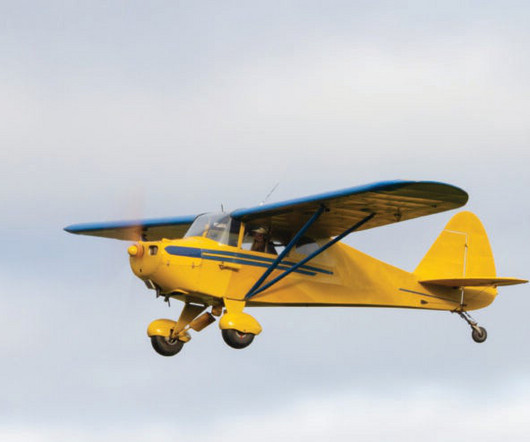B-1B bomber accident at Ellsworth AFB caused by crew errors, unhealthy culture
Aerotime
JULY 26, 2024
However, the aircraft experienced wind shear, dropped below the glideslope and became thrust deficient. During the final approach, the pilot reduced engine throttles to manage airspeed and align with the Instrument Landing System glideslope.











Let's personalize your content